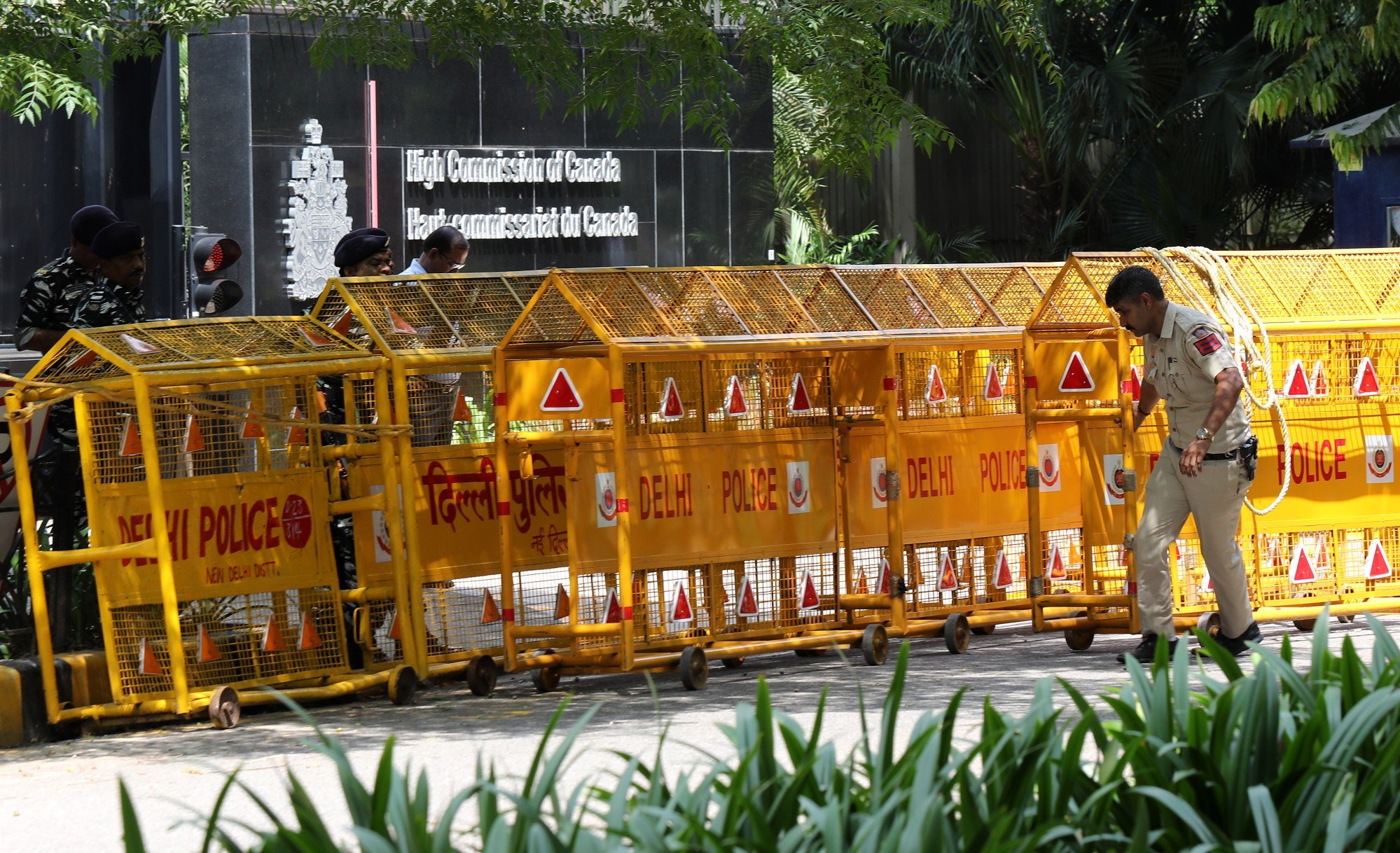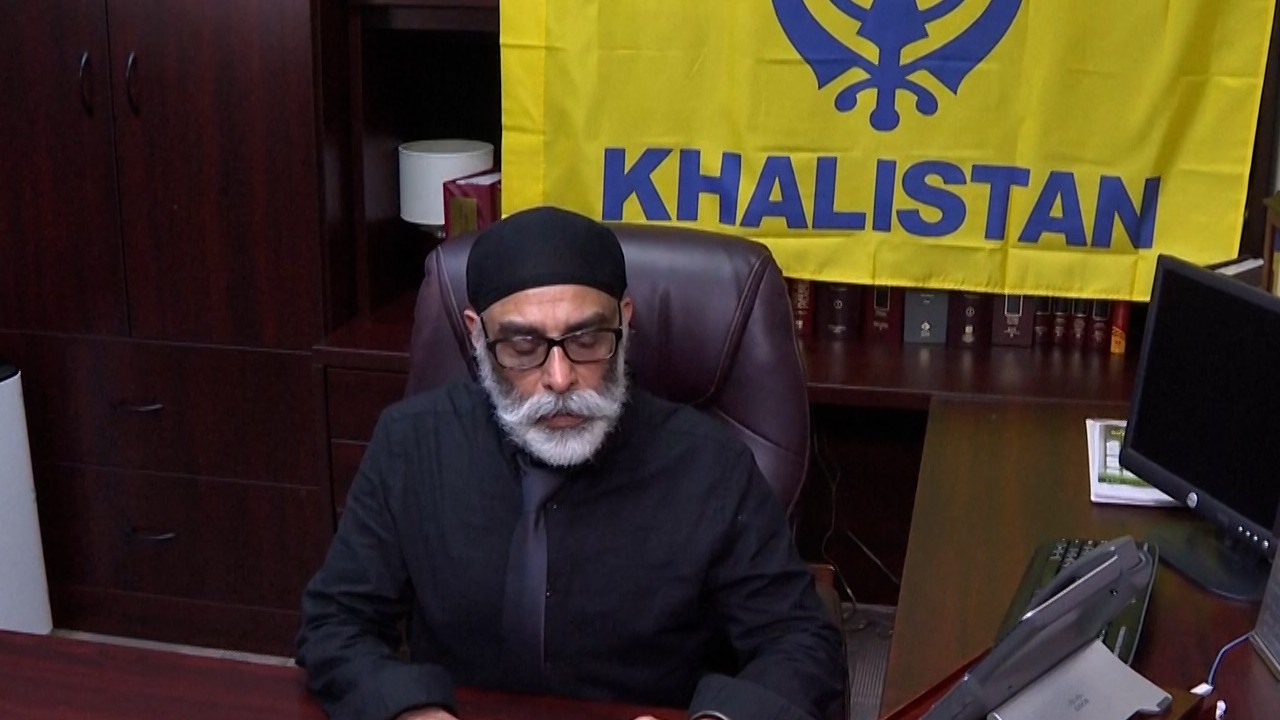In a statement earlier this month, chairman of the Senate Foreign Relations Committee Ben Cardin said he approved the deal only after the US government assured him that the Indian government was committed to “thoroughly investigating the situation”.
India will “fully cooperate with the US Department of Justice investigation so that there is credible accountability” in the foiled plot to kill Gurpatwant Singh Pannun, the statement said, referring to the legal counsel and spokesman for Sikhs for Justice, a US-based Sikh separatist group banned in India since 2019.
India-Canada row challenges US ‘united front’ in region: analysts
India-Canada row challenges US ‘united front’ in region: analysts
“Progress on these issues requires difficult discussions about our own democracy, as well as discussions with our closest allies and friends,” Cardin added.
Apart from upgrading defence ties to counter China, Washington and Delhi have in recent months discussed the co-development of new technologies and co-production of existing and new systems.
Both the US and India have also agreed to deepen collaboration on developing critical and emerging technology, such as quantum computing and space exploration, as well as 5G and 6G telecommunications.

Don McLain Gill, a lecturer in the department of international studies at the De La Salle University in the Philippines, said Washington’s actions illustrated that it understood the value of pragmatic diplomacy, while also indicating its long term views towards regional security.
“[It] also reflects the US’ concerns towards possible accusations on its image of being a haven for secessionists and extremists, thus creating an identity of double standards,” Gill said.
“This issue has shown how both Washington and New Delhi are mature enough to deal with sprouting issues in a conducive diplomatic environment, while not forgoing their converging long term goals in the Indo-Pacific,” he added.
On whether human rights allegations were overlooked given the importance of India as the US’ partner, Dossani said Washington and Delhi had overlapping but not identical interests.
“The Indian interest is to provide equipment to its military that will ensure that the humiliations of the last Chinese incursion are not repeated,” Dossani said, referring to the 2020 border dispute between China and India after Delhi discovered the presence of significant Chinese forces in its claimed territory.
“Since China is not actually going to be deterred by this size of transaction, and India knows this, the Indian goal is to provide an internal signal of reassurance that it will look after its military henceforth”.
“The US interests include deterring China and increasing its share of Indian military imports, so multiple interests are served,” Dossani added.
Who was the Sikh activist whose killing has divided Canada and India?
Who was the Sikh activist whose killing has divided Canada and India?
Pooja Bhatt, a New Delhi-based maritime and regional security analyst, said while Indian security authorities have shown their unhappiness with the separatist group leaders operating in Canada and the US, the arms sale was eventually approved.
“Canada, on the other hand, is known for its righteous position when it comes to human rights issues and it reflects on its foreign policy decisions as well.”
“So it is a matter of priorities and interests”, she added.
Describing itself as a “consistently strong voice for the protection of human rights and the advancement of democratic values”, Canada said it has credible information that the government of India was involved in the murder of the Sikh leader in Canada.
After Ottawa’s claim of the link between Delhi and the killing of the Sikh separatist, Canadian Sikhs staged protests outside India’s diplomatic missions, burnt Indian flags and even struck a cardboard cut-out of Modi with a shoe.

In the US, some Sikh community organisations have called on the Department of Justice to be fully transparent about the investigation into the alleged Indian plot, while some Sikh temples are said to have added security cameras and hired night patrols.
There are about 800,000 Sikhs in Canada and an estimated 300,000 to 500,000 in the US. Many left India in the 1980s and 1990s after thousands died during armed struggles for an independent Sikh state.
Known as Khalistan, the proposed state envisioned by some Sikhs incorporates the Indian state of Punjab and other Punjabi-speaking areas of northern India to establish a Sikh nation.
The movement, which gained traction in the 1970s and early 80s, regained momentum among the Sikh diaspora in recent years.
Noting that human rights violation is a growing concern, Bhatt said the issue has been “politicised and even weaponised” by some countries.
“The important question that needs to be asked is whether human rights is a domestic or international issue,” she added.


